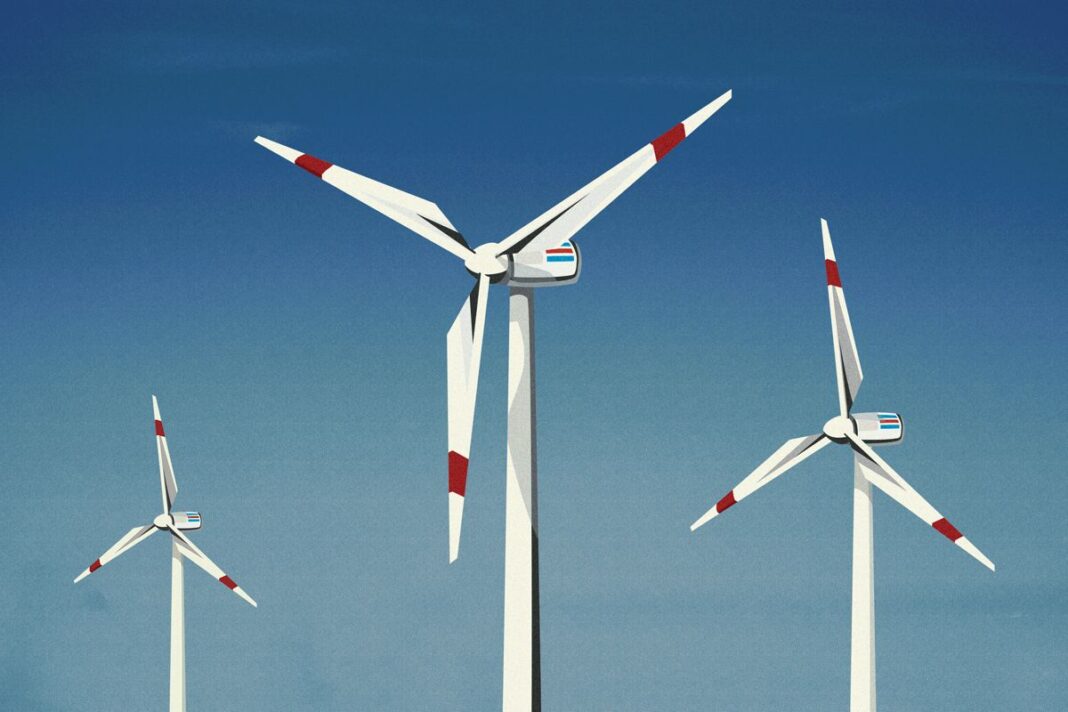The Trump administration’s offshore wind energy development pause appears to be a mighty blow to the struggling wind industry.
The wind and solar industries are experiencing divergent trends in the wake of President Donald Trump’s executive actions to unleash fossil fuel development and roll back his predecessor’s incentives for renewable energy.
The maturing domestic solar power industry is projected to continue gaining market share, with or without federal inducements and despite tariffs.
Meanwhile, Trump’s executive actions indefinitely pausing new offshore wind leases and permit reviews are already disrupting efforts to grow the nation’s wind energy capacity.
Within just 30 days of Trump’s order, several key investors have already curtailed commitments in offshore wind projects.
Renewable sources like wind and solar made up one-fifth of the energy generated by utility-scale power plants in the United States in 2023, according to the U.S. Energy Information Administration (EIA). Wind accounts for half of all renewable generation and solar for about 20 percent.
Solar energy is the fastest-growing component in the energy mix and is projected to remain so.
According to energy tracker, Electrek, through October 2024, solar energy represented 79 percent of all newly installed electrical capacity nationwide.
However, the past few years have not been as favorable for wind power in the United States after 25 years of sustained growth.
Wind has surged as a power source in the United States over the past quarter century, increasing from 2.4 GWs of installed generating capacity to 150 GWs, or 150 million kilowatt-hours, surpassing coal-fired generation in April 2024, according to the EIA.
April 2024 represents the high-water mark for wind-generated utility-scale electrical power in the United States, contributing 11 percent to the nation’s grid but since then failing to keep pace with expanding solar and natural gas generation, now constituting about 10.2 percent to the nation’s electric capacity.
The industry has struggled with high interest rates in financing new developments and supply chain issues that make offshore wind, in particular, the most expensive form of renewable energy, according to global energy analyst firm Wood Mackenzie.
U.S. imports of wind equipment have fallen sharply since 2020, Wood Mackenzie notes, yet “the industry’s supply chain remains highly globalized, particularly for turbine blades.
By John Haughey







